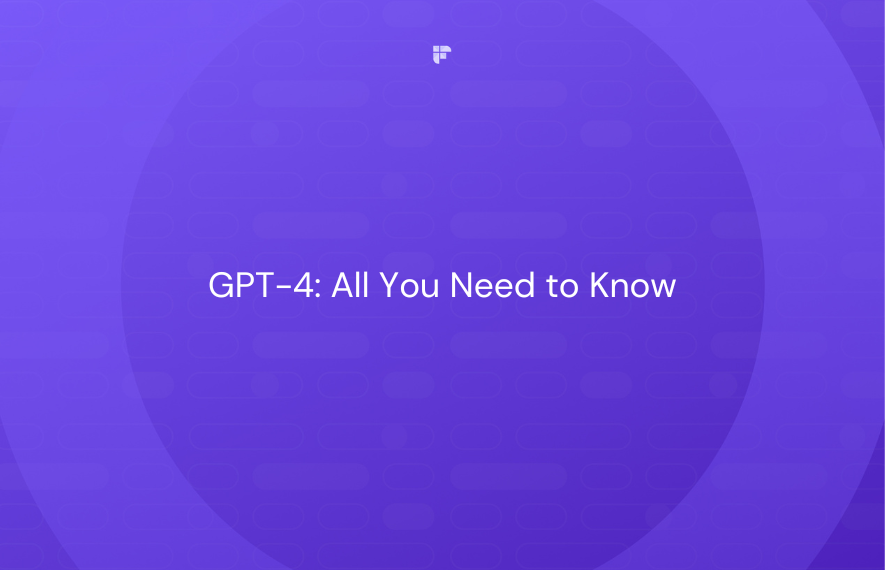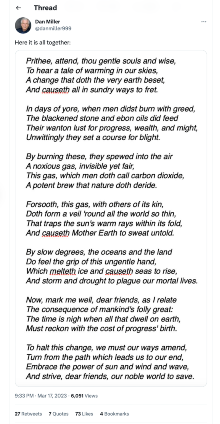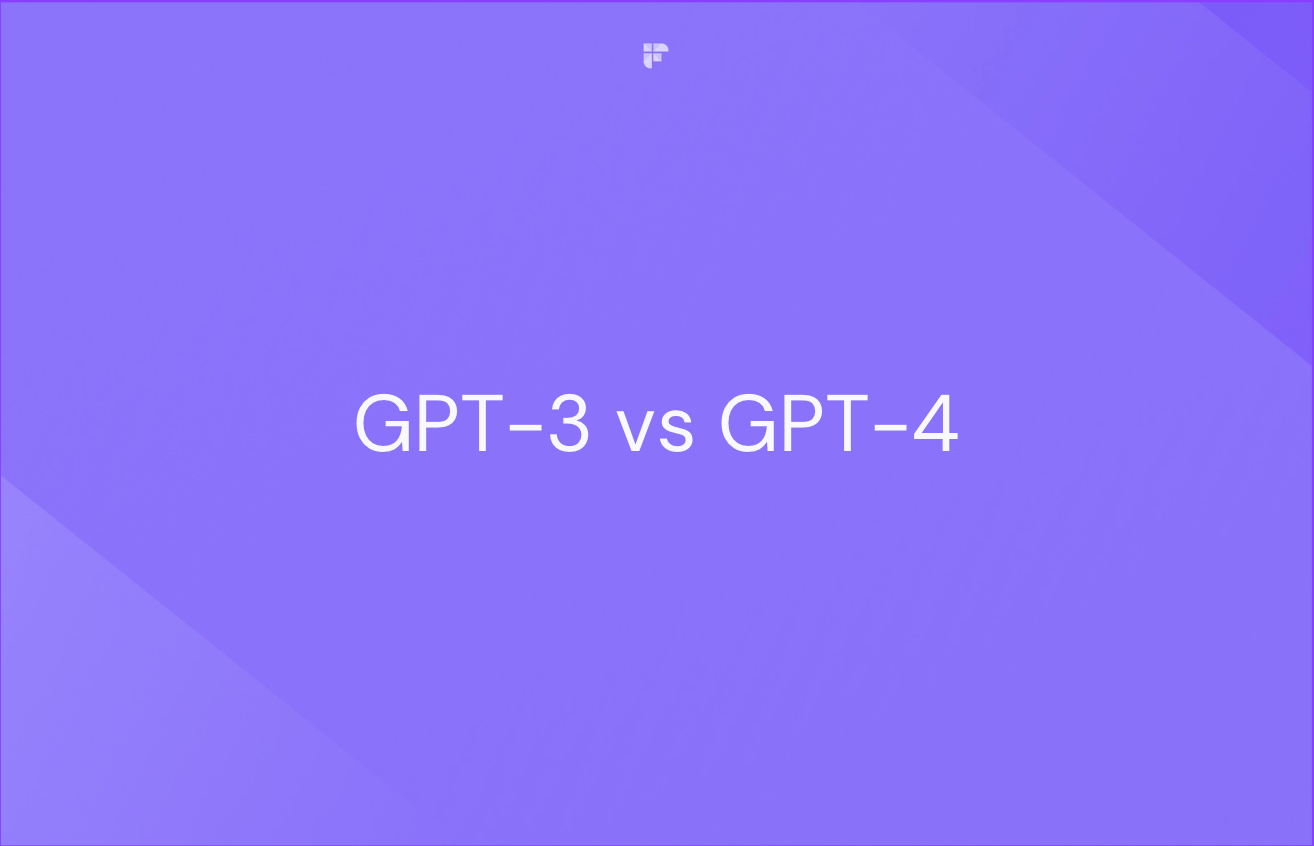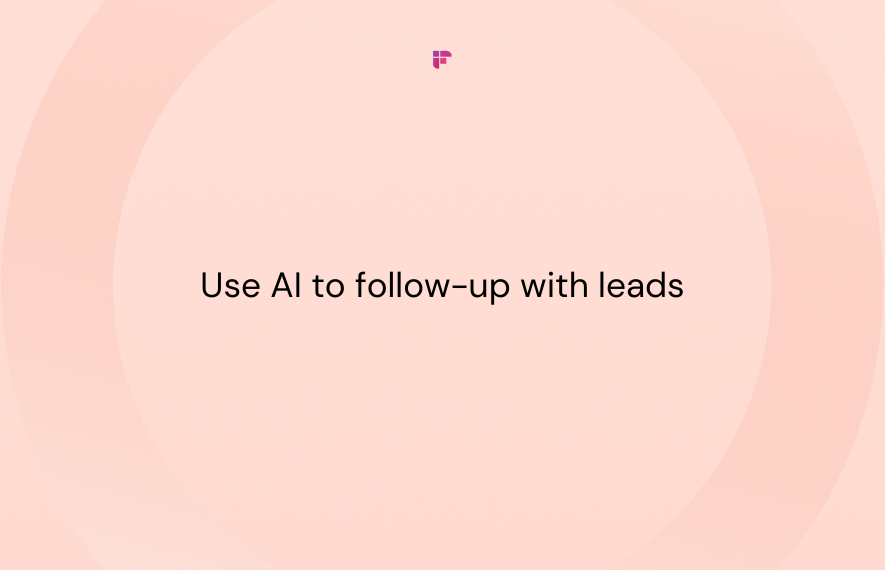On March 14, 2023, OpenAI released its successor to GPT-3, unsurprisingly named GPT-4. And if you thought GPT-3 was impressive, wait until you see what GPT-4 can do.
GPT 3 vs. 4—that's the debate we'll address in the blog.
GPT 3 vs. 4: Key differences
GPT-4 and GPT-3 are powerful language models that generate natural language text from a large volume of data. Based on a neural network architecture called Generative Pretrained Transformer (GPT), which learns to communicate like humans by processing vast amounts of text.
Also read: What is GPT 3?
GPT-4 is the latest and most advanced version of GPT, which can also handle images as inputs. It has more data and computing power than GPT-3, making it more accurate, creative, and reliable in solving complex problems.
GPT4 can handle conversations more profoundly and answer with increased accuracy and precision.

Here’s a head-to-head comparison of GPT 3 vs. GPT 4:

Parameters
In the context of language models, “parameters” refer to the adjustable internal settings or variables that help the model learn and create text. In simple terms, the more parameters a model has, the more powerful and capable it is.
When comparing GPT 3 vs. 4, one has to talk about the parameters on which these two language models are trained. GPT-3 was released with 175 billion parameters, making it one of the biggest Large Language Models(LLM). There is no official announcement about GPT-4’s parameters, but it’s safe to say that the number is way above 175 billion.
GPT3 vs. GPT 4: What does it mean?
More parameters indicate that the model is better equipped to learn and generalize patterns from the data it's trained on. So it can generate more coherent, contextual, and appropriate text.
It helps GPT-4 create fluent results, even on complex tasks that require more profound understanding and creativity, which GPT-3 couldn’t handle well. For example, GPT-4 passed a simulated bar exam and scored in the top 10% of test takers, while GPT-3’s score was around the bottom 10%.
It’s a testament to GPT-4’s capabilities to perform human tasks with on-par intelligence.
Modality
GPT-3 is unimodal, meaning it can only accept text inputs. It can process and generate various text forms, such as formal and informal language, but can’t handle images or other data types.
GPT-4, on the other hand, is multimodal. It can accept and produce text and image inputs and outputs, making it much more diverse. It can also perform more complex tasks that require combining text and image modalities, such as captioning, summarizing, or translating images.
GPT3 vs. GPT 4: What does it mean?
In a direct GPT 3 vs. GPT 4 comparison, GPT-4’s multimodal capabilities have a clear edge over GPT-3.
For example, suppose you want to summarize an article with text and images. GPT-3 can only summarize the text part, ignoring the images. But GPT-4 can summarize both the text and images, giving you a thorough article summary.
Performance
The performance of a language model refers to how well it responds based on the input it receives. It shows how well the language model understands language and produces meaningful responses.
The quality is usually evaluated based on perplexity, accuracy, and fluency.
GPT-4 has more parameters and multimodal capabilities than GPT-3, giving it a significant performance advantage.
GPT3 vs. GPT 4: What does it mean?
GPT-4 can produce intelligent and creative responses to various types of images and texts, such as research papers, poetry, legal briefs, etc.
A Twitter user asked GPT-4 to explain Climate Change in the voice of Shakespeare. Here’s how it responded:
GPT-4 also wins in the GPT 3 vs. 4 battle when performing tasks such as text completion, translation, and summarization, demonstrating its superior language generation skills.

Accuracy (and less hallucination)
Hallucination in a language model refers to responses that don't make sense or are irrelevant to the input received. It happens because the model relies on its primary training data or knowledge to generate responses based on learned patterns.
A report states that there’s about a 15% to 20% chance of hallucination in GPT-3. While we don’t know how prone GPT-4 is to hallucinations, OpenAI’s CEO Sam Altman says, “it hallucinates significantly less.”
GPT3 vs. 4: What does it mean?
GPT-4 is less likely to generate results that are not relevant to the input.
Reduced hallucinations will improve the overall accuracy of the language model, making them more useful in real-world applications such as natural language processing, chatbots, and automated customer service.
When will GPT 4 be released?
GPT-4 is available for the public in a limited form via ChatGPT Plus. It allows users to interact with GPT-4 and provide feedback.
When it is accessible on the free version of ChatGPT is yet to be confirmed.
Here’s how you can upgrade to ChatGPT Plus to access GPT-4:
Step 1. Visit the ChatGPT website.
Step 2. Sign-up for an account or log in to your current one.
Step 3. You’ll find ‘Upgrade to Plus’ on the bottom left side of the navigation bar.
Step 4. Upgrade your plan to ChatGPT Plus for USD 20/mo.
Step 5. Put in your credit/debit card details. Ensure you have ‘International transactions’ turned on if you live outside the USA.
Step 6. Select GPT-4 from the Model drop-down menu.
That’s it. You can now use GPT-4 and see the differences in the ChatGPT responses.
If you’re a developer, you can sign up for the commercial GPT-4 API waitlist.
Fireflies brings GPT 4 to meetings
Fireflies.ai is the most comprehensive AI meeting notetaker that automatically records, transcribes, summarizes, and analyzes your online meetings accurately and quickly.
Fireflies recently launched its AI Super Summaries using the same generative AI technology that powers GPT-4 and ChatGPT.
AI Super Summaries are the most accurate and comprehensive summaries that include everything you need for a quick meeting recap. The summary includes:
- Keywords: All the key topics discussed during the meeting.
- Meeting overview: A few paragraph synopsis of the meeting.
- Meeting outline: Different chapters and clickable timestamps for easy navigation.
- Bullet-point notes: Shorthand notes similar to how humans would take notes.
- Action items: Action items for participants after the meeting.
Final thoughts
In the GPT 3 vs. 4 showdown, the latter is a clear winner—it is bigger, smarter, and more creative than GPT-3.
Its ability to seamlessly integrate text and images opens up an unprecedented array of possibilities, from image captioning to meme-making.
Surely, the dawn of GPT-4 heralds a new era in natural language processing.
It's an exciting time to be a part of the AI community, and we can't wait to see where this journey will lead us.









